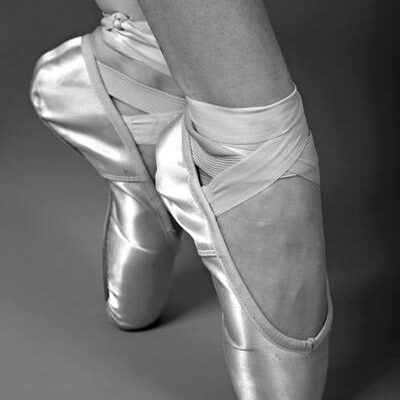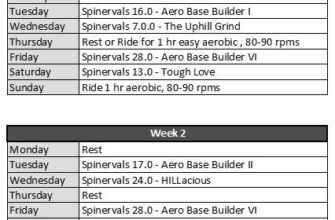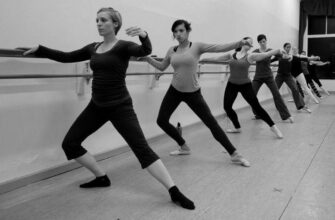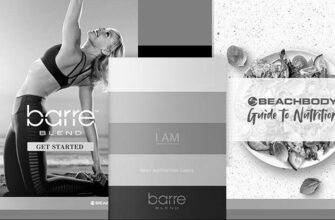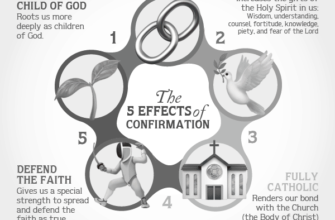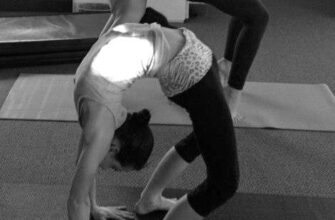If you’re searching for a good pointe shoe-fitting, look no further. This article will provide the tips you need to know to choose a pointe shoe and get fitted by a professional. Follow these tips to ensure your pointe shoe fits appropriately and is safe. You’ll find a wide selection of pointe shoes made by BLOCH. From thigh-highs to low-cuts, they have a style to suit any level of dancer.
Lea Efran’s pointe shoe fitting
“Lea Efran’s pointe shoe fitting was an unforgettable experience for me,” says Tevin Johnson, one of the city’s most experienced ballet shoe fitters. The 16-year-old is currently a sophomore at a New York City high school, plays volleyball and jiu-jitsu, and is a winner of “Ishitang” magazine. Tevin Johnson’s pointe shoe fittings have changed her life.
Choosing a pointe shoe
Choosing a proper pointe shoe fitting is essential to ensure you get the appropriate fit. While the shoe may appear square outside, the inside will be tapered. Tapered inside pointe shoes are best for those with comprehensive platforms and tapered feet. A shoe with a straight shank will probably be too long if your big toe is long. A shoe with a long shank may place pressure on the big toe nail and will not provide the right level of support.
Proper fitting is crucial for good technique, minimizing pain, and keeping feet healthy. Buying pointe shoes shouldn’t be a snap. Try on a few different brands before selecting the right pair. Don’t be afraid to switch your shoes if they’re not comfortable. Visiting several shops is essential. You should feel confident and satisfied with the fitting process. It is best to have a professional fit for your pointe shoes.
During the fitting, the fitter will measure your foot and assess how well you wear your pointe shoes. The height of the platform and its compression affect the size of the pointe shoe. Choosing the right height can be a difficult task, but with the help of a professional, you can get the right fit the first time. Typically, a dancer’s big toe should be able to touch the platform inside when standing flat on the floor.
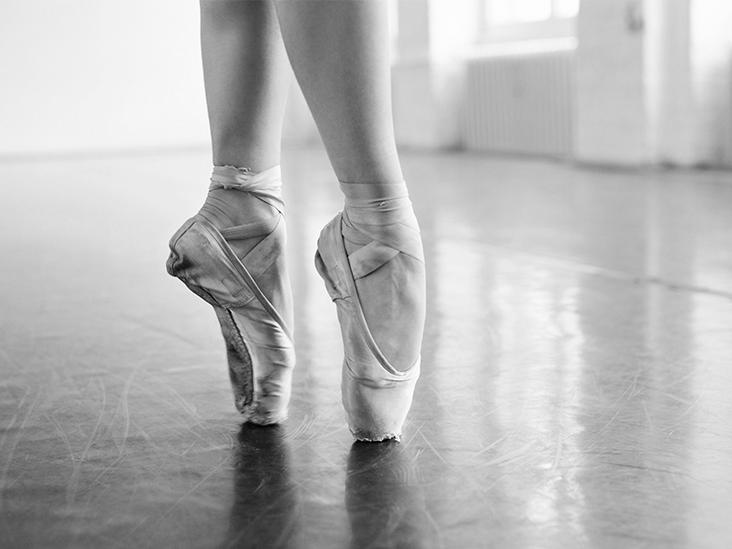
The box is next to look for when choosing a pointe shoe. The package should fit snugly when they’re standing up, but not too tight or loose. It should not bulge or squish, and the sides of the box should fit snugly without exposing the edge. The box width should be sufficient, but the dancer might have trouble moving their toes if it is too broad.
The shape of the foot is also an essential factor to consider. While most dancers have a flat foot, there are different types of pointe shoe boxes. A Grecian foot, for example, has a longer second toe than the rest of the foot. A Morton’s foot has an uneven length of the toes. On the other hand, a Greek foot is long on both sides. A square box should fit both types of feet.
Choosing the right heel shape
The heel shape of pointe shoes is determined by how flat the shoe looks from the outside. It should be wide enough to allow for proper movement of the feet yet still be stable. While most manufacturers use a medium heel height, some also offer extra-deep heels. A pointe shoe’s heel size is not the most crucial consideration. During a pointe position, it is not recommended for a dancer to have more than 1/4 of an inch of fabric on the heel. This can ruin the line from the toes to the rest of the leg.
A pointe shoe’s box shape is essential. A good pointe shoe must have a box that protects the big toe joint. There are four different shapes of containers. An elliptical box is the most common shape, but a round one is best if you have a high arch. The shoe’s sides should fit snugly around the foot, and the box’s edge should not have a visible line. The box’s width is essential as well. A medium-size box is ideal if you have a Greek or American foot.
In addition to the heel shape, there are other factors to consider when selecting the shoe’s width. If a pointe shoe is too narrow, it will restrict your feet’s movement and may cause your shank to twist off-center. While choosing the correct width for pointe shoes is straightforward, finding the right fit for your foot is not as easy as it may seem. Trying on pointe shoes is essential for safety, as a poorly-fitting pointe shoe can compromise your technique and confidence.
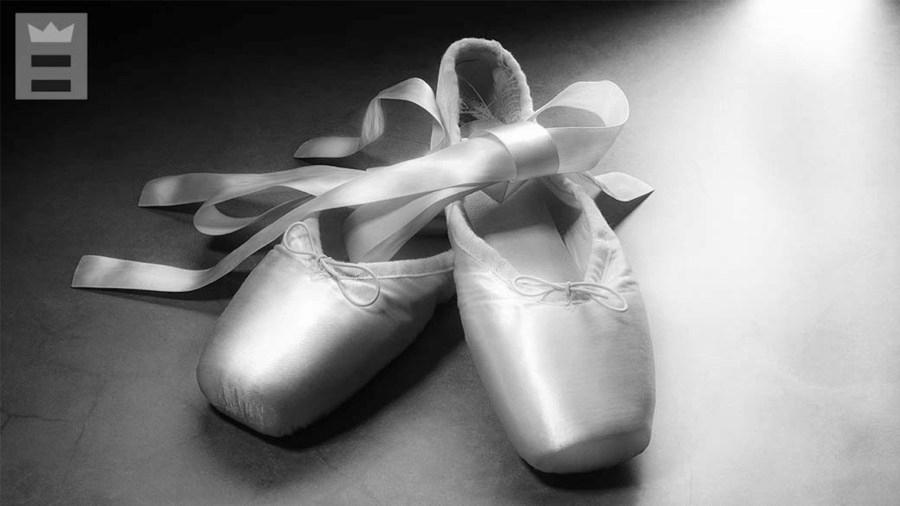
When choosing the right heel shape for pointe shoes, choosing a pair that fits your feet is essential. Not only will they protect your feet, but they will also look good and feel comfortable. If you choose the wrong heel shape, it could cause problems during a performance. A good pointe shoe will make your dancing en pointe feel natural. But you should also consider your budget when selecting a pair of pointe shoes.
Getting fitted by a professional
Before looking for new pointe shoes, ensure you’re correctly fitted. Getting fitted by a professional is an essential step for your dance career, and it’s best to get a second opinion if you’re not sure which shoes are right for you. There are many different styles and shapes to choose from, and you’ll want to be sure your fitter knows precisely which shoes are best for you. It’s also a good idea to bring along a dance teacher or experienced dancer to help you navigate the different styles. While fitting your pointe shoes, your fitter should know the shape of your feet and whether or not they feel tight in any way. You should also make sure your toenails are trimmed because long ones can cause additional pressure.
Your fitting should be a yearly event since your feet will change shape, strength, and flexibility throughout your dance career. You may need a different shank for particular ballet dance, or you may have a growth spurt and need a larger shoe. You’ll also want to have at least two pairs of pointe shoes to avoid premature breakage. A professional can also suggest a different brand of pointe shoes.
A pointe shoe fitter can help you choose the correct shoe based on your dance experience and goals. Regardless of age or experience, you will want to find a fitter that is skilled and experienced in this field. You don’t want to spend your dance career on a shoe that won’t support your goals and make your dance career the best. A professional will take your time and make sure your shoes fit correctly.
The fitter will ask you to rise into 1st position while your feet are in 2s and your toes are curled. Your fitter will ensure your shoes are secure and don’t “sink” or cause pain. While this may be the case the first few times you wear pointe shoes; you’ll notice that they’re more comfortable as time goes on. So make sure you report any pain or discomfort you experience so your fitter can adjust to it.
